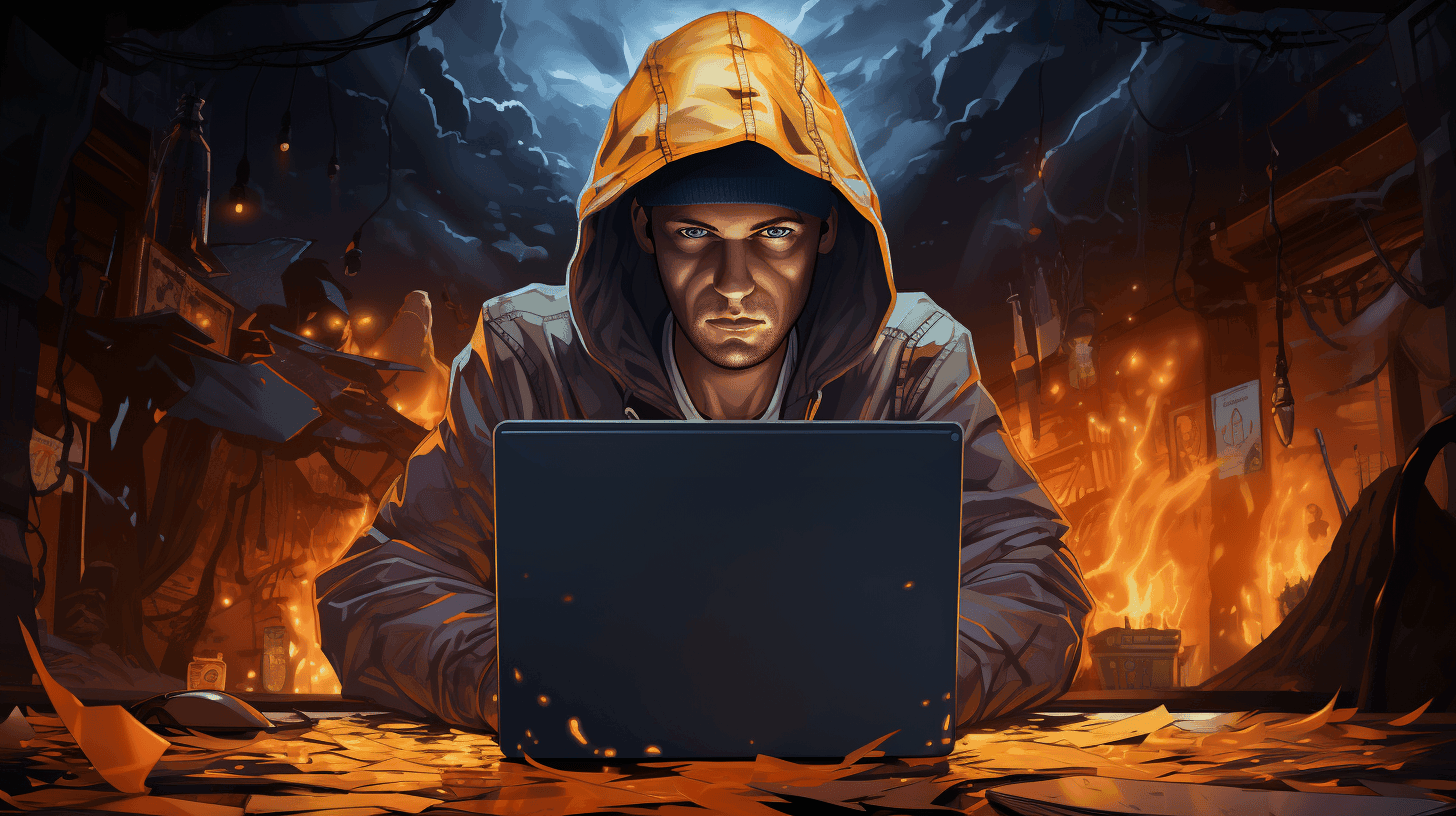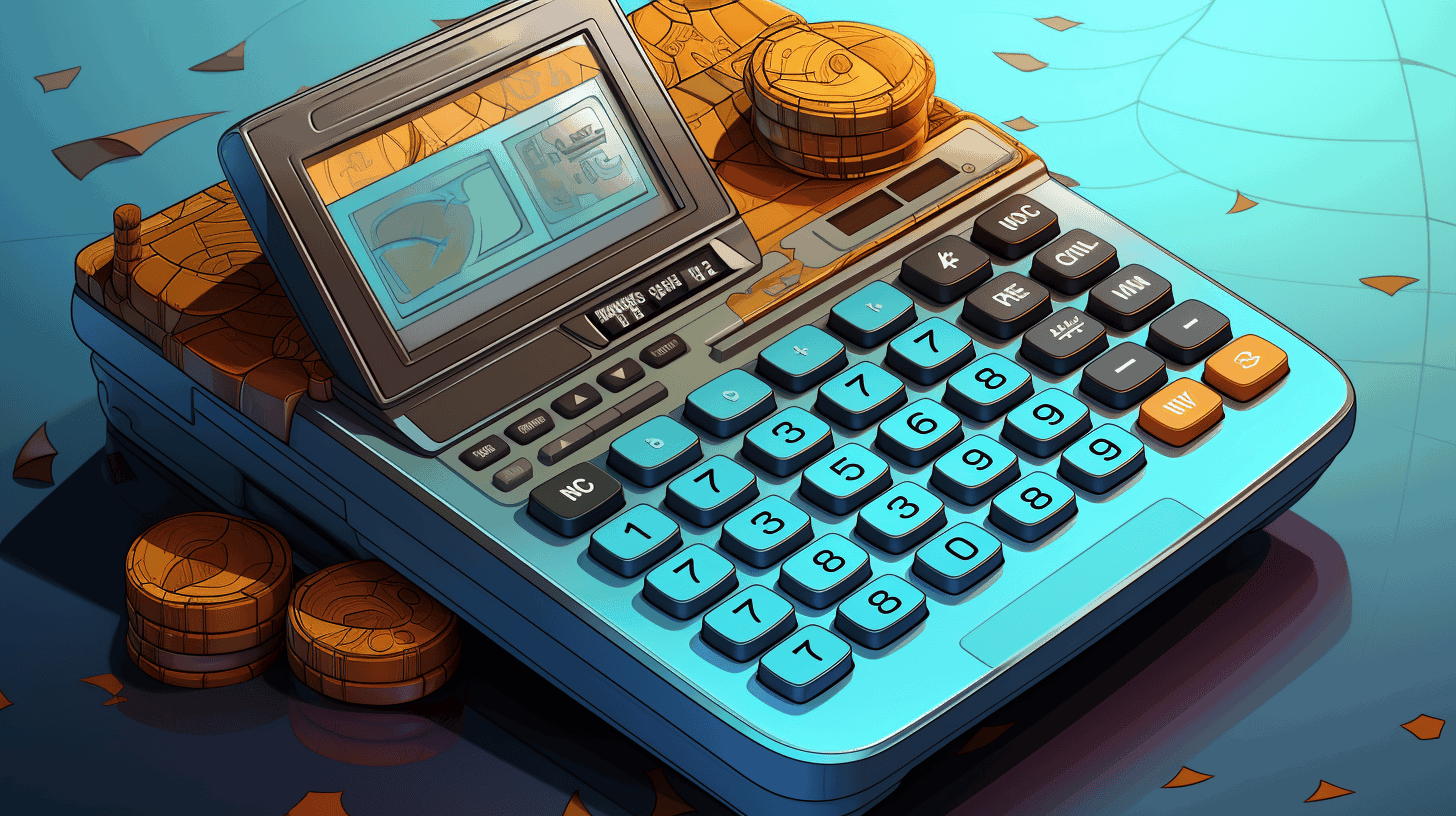How to Detect Rug Pulls

In the world of cryptocurrency, the term "rug pull" has become synonymous with the treacherous landscape of decentralized finance (DeFi). As various blockchain platforms evolve, rug pulls have underscored the vulnerability of investors in a market that is still in its infancy, despite its rapid growth.
What Are Rug Pulls in Cryptocurrency?
A rug pull is a type of scam that occurs in the DeFi ecosystem. It involves fraudulent developers creating a cryptocurrency project, usually in the form of a new token, pump up the price and then pull as much value out of them as possible before abandoning them as their price drops to zero. This deceptive practice has been likened to someone "pulling the rug out" from under investors' feet.
Architectural Complexities
The architecture is designed for high throughput, with the ability to handle thousands of transactions per second. While these features make the network fast and efficient, they also introduce complexity. In blockchain technology, increased complexity can sometimes lead to unforeseen security vulnerabilities. Developers and users need to be fully aware of these intricacies to avoid potential exploits that can lead to rug pulls.
Rapid Growth and Ecosystem Maturity
This rapid expansion can often outpace the network's and community's ability to conduct thorough due diligence on new projects. The high speed of development and FOMO (fear of missing out) can lead to projects being trusted and invested in without the necessary scrutiny, which scammers can exploit.
How to Avoid a Rug Pull in Crypto?
Anonymous Developers
Many DeFi projects on blockchains are created by anonymous teams. While anonymity is a cherished aspect of the crypto space, it increases the risk of rug pulls, as there is little legal recourse for investors if the project turns out to be a scam. So as an investor, you should consider the credibility of the people behind new crypto projects. Are the developers and promoters known in the crypto community? What is their track record?
Anonymous project developers could be a red flag.
No liquidity Locked
One of the easiest ways to distinguish a scam coin from a legitimate cryptocurrency is to check if the currency is liquidity locked. Liquidity is secured through time-locked smart contracts, ideally lasting three to five years from the token’s initial offering. Investors should also check the percentage of the liquidity pool that has been locked. A lock is only helpful in proportion to the amount of the liquidity pool it secures.
Limits on Sell Orders
A bad actor can code a token to restrict the selling ability of certain investors and not others. These selling restrictions are hallmark signs of a scam project. Since selling restrictions are buried in code, it can be difficult to identify whether there is fraudulent activity. One of the ways to test this is to purchase a tiny amount of the new coin and then immediately attempt to sell it. If there are problems offloading what was just purchased, the project is likely to be a scam.
Suspicious High Yields
If something sounds too good to be true, it probably is. When tokens offer an annual percentage yield (APY) in the triple digits, although not necessarily indicative of a scam, these high returns usually translate to equally high risk.
→ By taking a proactive approach to these issues, the network can mitigate the risks of rug pulls and continue to grow as a trusted platform for cryptocurrency innovation and investment. Plus, take the necessary precautions to avoid being trapped in them.
Rug Pulls in the Crypto Ecosystem
Several rug pulls have occurred within the crypto ecosystem, each resulting in the loss of millions of dollars of investor money. These incidents have caused a stir among enthusiasts and investors, bringing to light the importance of due diligence and the inherent risks of emerging DeFi platforms.
The repercussions of rug pulls in the crypto ecosystem are significant. They not only result in financial losses for investors but also damage the credibility of the network. In response, there have been calls for better oversight, more robust security audits of projects, and education for investors on the risks involved in DeFi.
Conclusion
The issue of rug pulls is a challenge faced by the entire cryptocurrency landscape. As the space evolves, the hope is that both the technology and the community become more resilient against such deceptive practices. While the future is uncertain, the lessons learned from past rug pulls are shaping a more cautious and aware environment within the Solana community, paving the way for more sustainable growth and innovation in the long run.
Disclaimer: Cryptocurrency investments are speculative and involve risks. This article is for informational purposes only and should not be considered financial advice. Always conduct your own research before making decisions.


